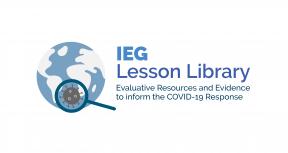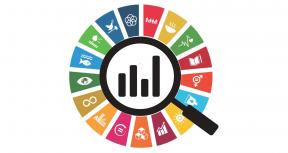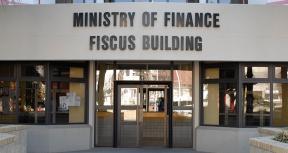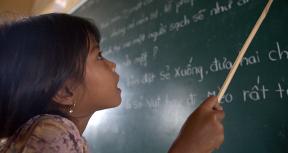Before the COVID-19 pandemic, learning poverty, defined as the share of children younger than 10 years of age who have not achieved minimum reading proficiency, as adjusted by the proportion of children who are out of school, stood at 91 percent in low-income countries compared to 9 percent in high-income countries. The school shutdowns implemented in response to the pandemic aggravated learning losses while extending and deepening a long-standing development challenge of low learning outcomes and persistent learning poverty in the basic education systems of low- and middle-income countries. Improving the quality of basic education and learning outcomes for all is a much more difficult and expensive pursuit than improving access to education for all. The issues involved in improving the quality of basic education are multilayered, including social, structural, logistical, and institutional matters that require a sophisticated analysis, understanding, and approach.
This evaluation assesses the World Bank’s contribution to improving learning outcomes in basic education—defined as primary and lower secondary education— over the 2012–22 decade. It pays particular attention to the extent to which the World Bank has adopted a systems approach to its support for basic education as advocated in Learning for All: Investing in People’s Knowledge and Skills to Promote Development—World Bank Group Education Strategy 2020 and as reinforced since the publication of the 2018 World Development Report. Drawing on portfolio and document analyses, interviews, country case studies, literature, and secondary data analysis, the evaluation identifies lessons and presents recommendations to inform any future education sector strategy.












